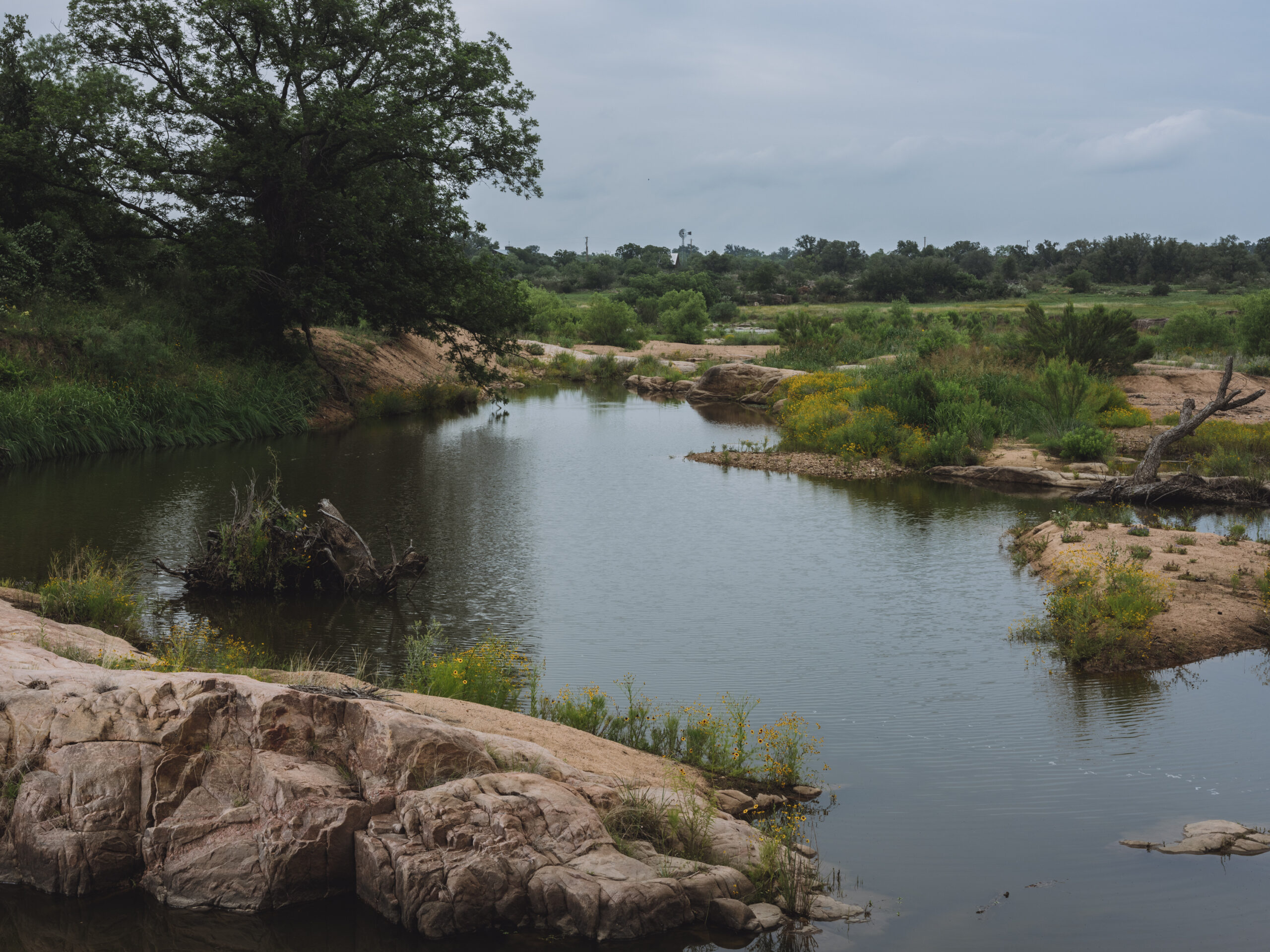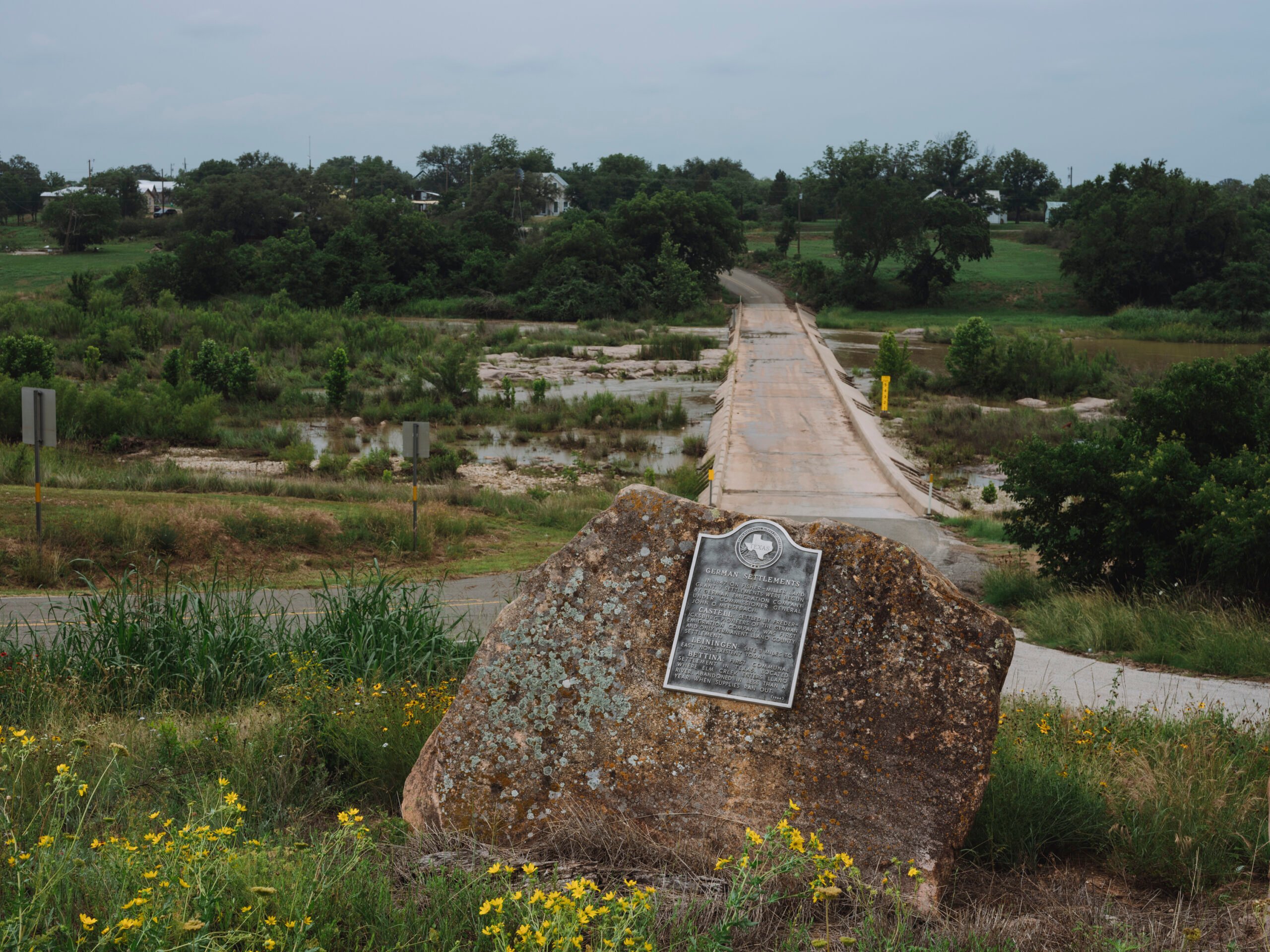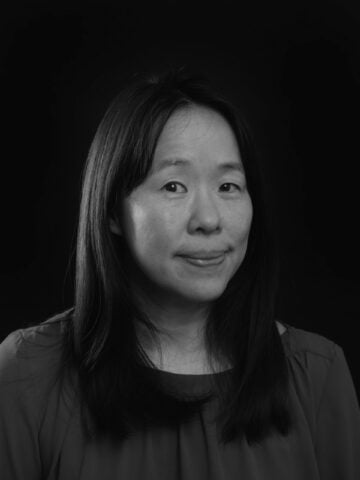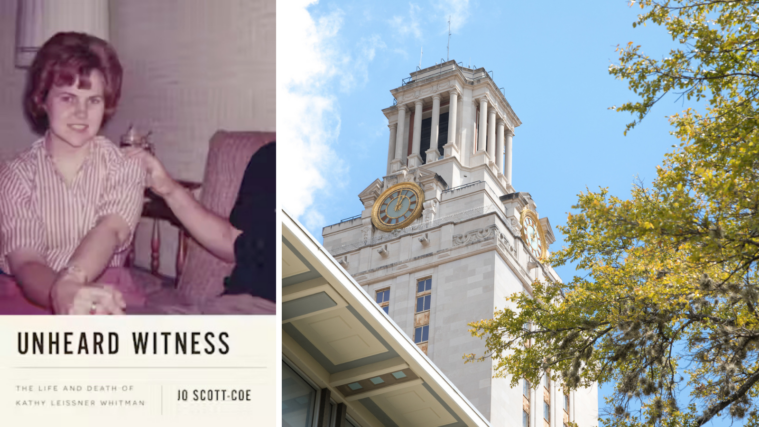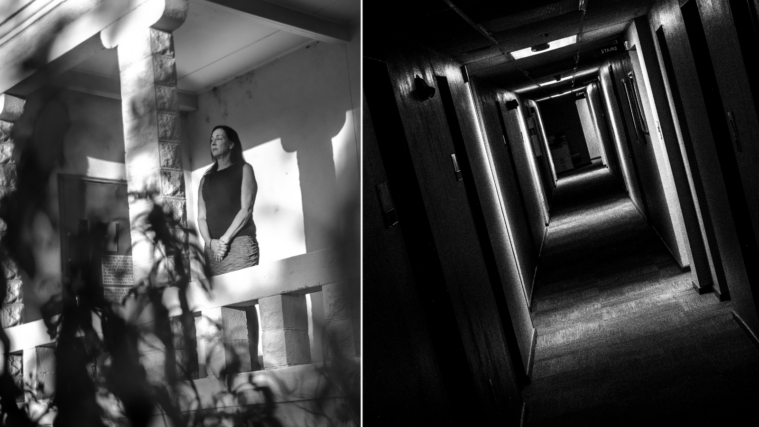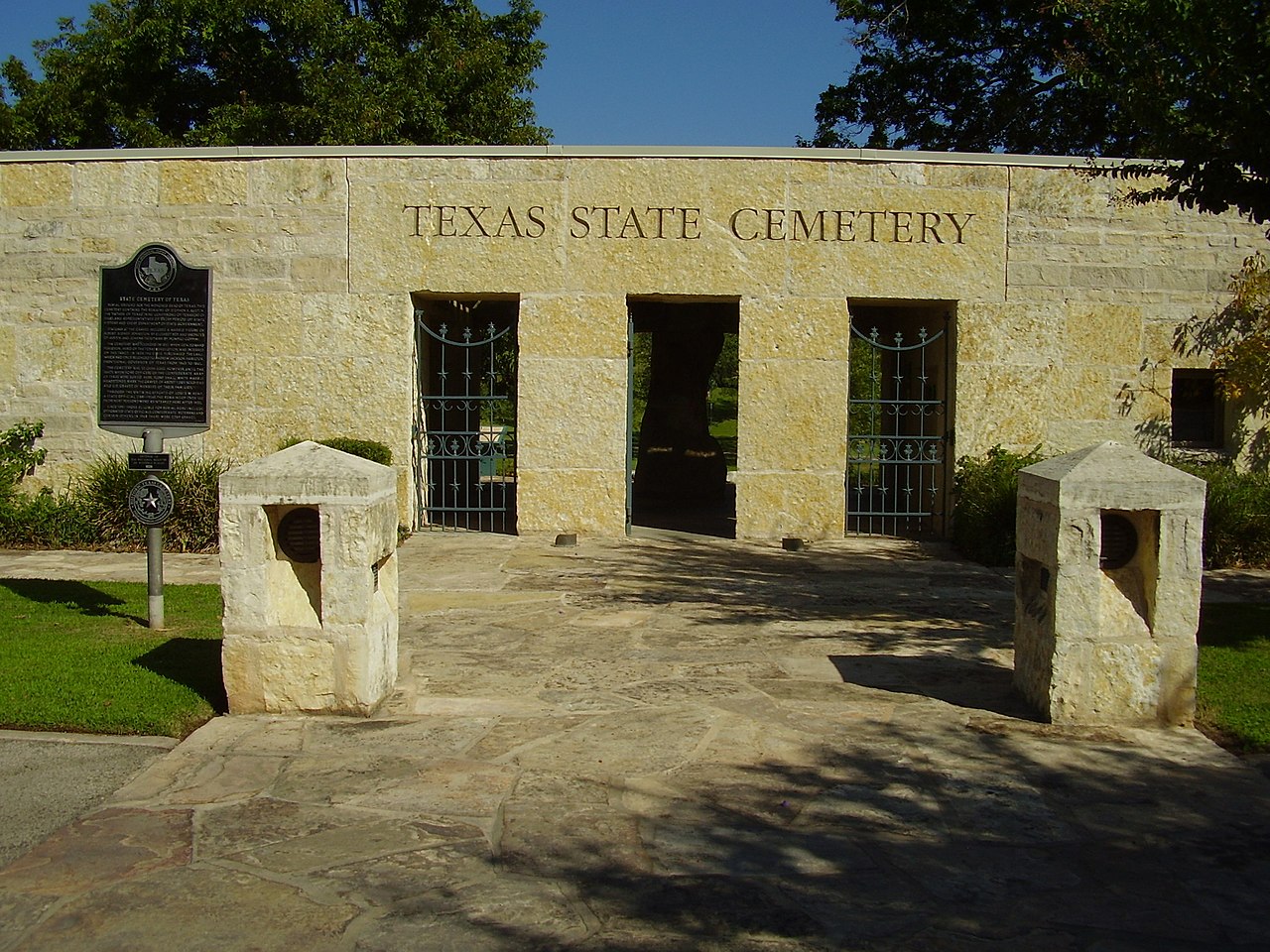On the south banks of the Llano River, the Castell General Store hosts its bimonthly “Drinking with Jesus” church service. Even with dogged Sunday morning rain, around 70 people recently gathered in the back room, singing “Count Your Blessings” while sipping bloody marys and mimosas.
Repurposed from an old gas station, the Hill Country store’s interior is lined with exposed brick and corrugated metal. Tables are made from slabs of wood bolstered by wooden beer barrels. An eclectic mix of decorative figures—Darth Vader, Snoop Dog drinking Corona, a mounted deer head with beer bottles for antlers—stare as the churchgoers sing. The offerings are as varied as the decor: burgers and tacos, fishing and camping gear, groceries, and a sermon on the parable of the prodigal son.
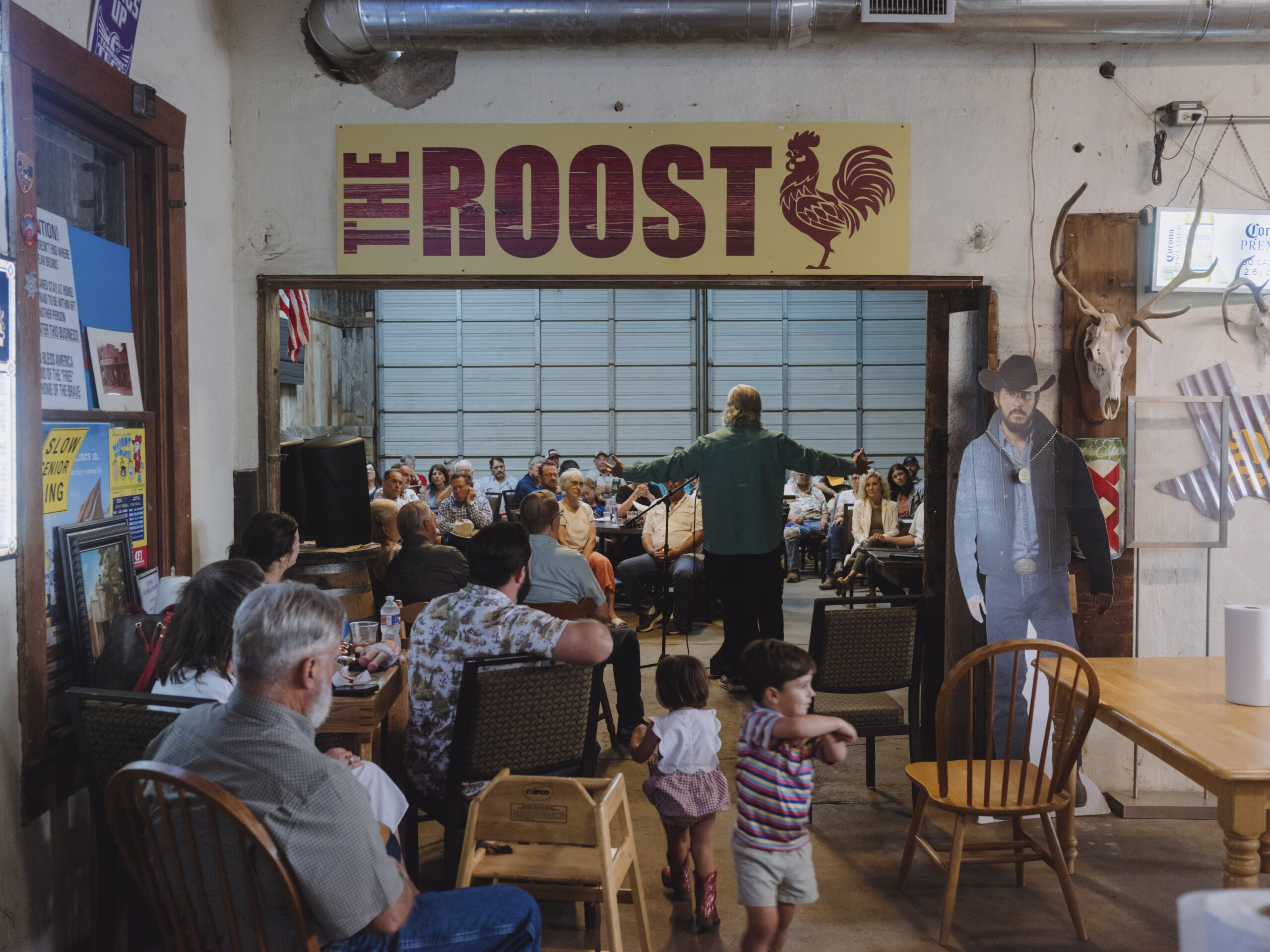
After the laid-back service, owners Randy Leifeste and his son Marc Leifeste, along with cousin Bobbette Estes, tell me about August and Sophie Leifeste, the first in their family to settle in Castell in 1853. The family still owns land handed down through five generations.
August and Sophie emigrated with their children from the village of Broistedt in the province of Braunshweig, Germany. For the hardworking family of shepherds and small farmers, the prospect of cheap land motivated them to emigrate after the “the Hungry Forties,” a period of agrarian crisis followed by economic depression. On January 10, 1853, August purchased 12 acres for $100.
Life as self-sufficient farmers and ranchers was rough for pioneers and their descendants. Randy recalls that even in the 1950s, “My father never let me sleep past seven in the morning. We got up early in the morning and went to work in the fields. We would come home, have a big lunch, and take a 20-minute nap. And then we would go back out to work until it was dark. It was like this everyday except for Sunday.”
But they were not the first German settlers to choose this spot.
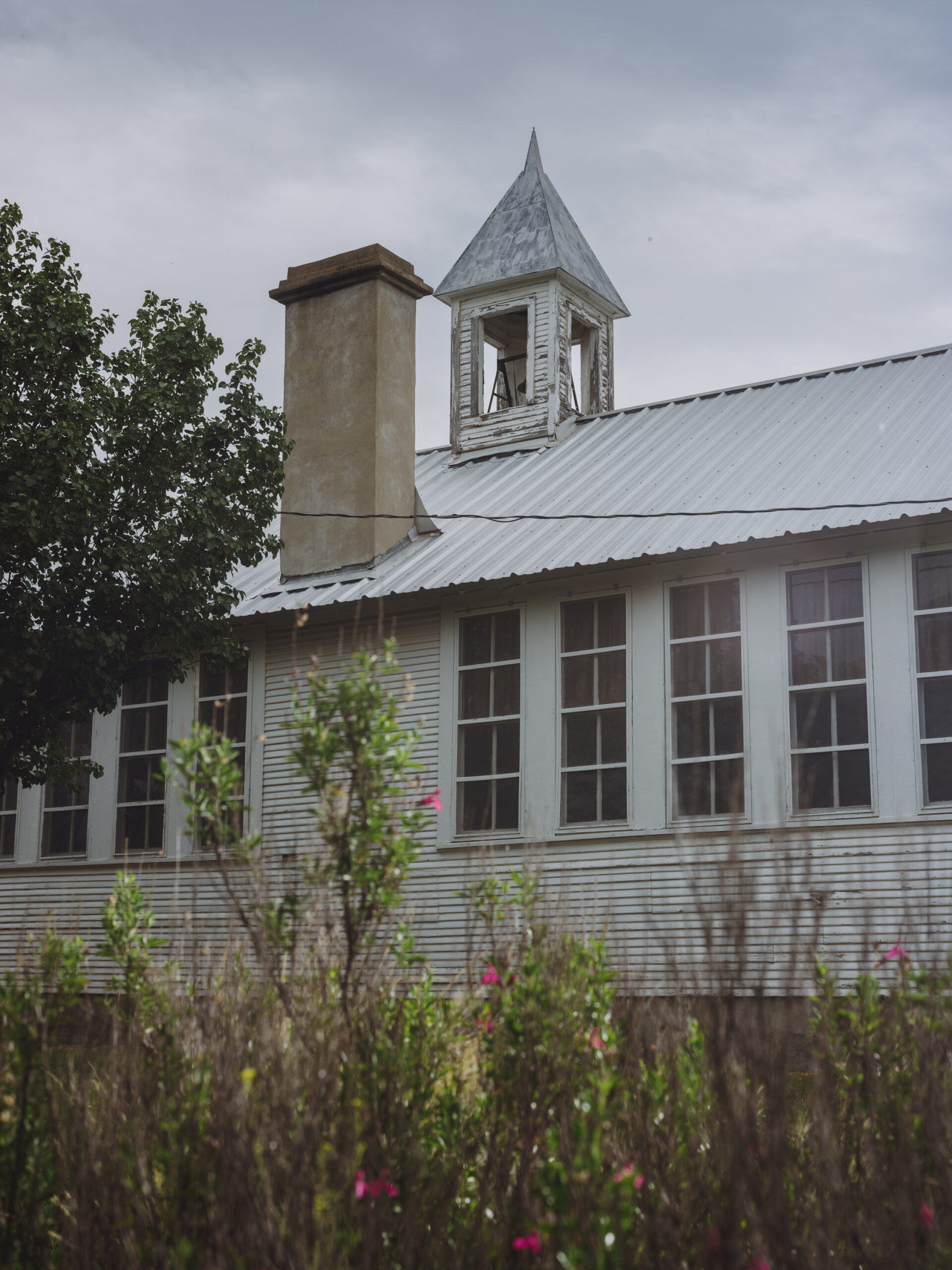
This tiny crossroads community was founded as a socialist utopia. It used to be called Bettina, after a German author and activist who championed the oppressed underclasses, though few traces of that town remain today outside of history books and a few old letters. Even longtime residents know little of its history.
In September 1847, 40 college fraternity brothers from the German universities in Giessen, Heidelberg, and Darmstadt arrived at this bucolic spot where Elm Creek runs into the Llano River.
Those original settlers were all men, ages 13 to 27. Armed with ideals from French utopian socialists, die Vierziger, or “the Fortyers,” sought to build a new society on Texas soil—a “communistic society” free of the hierarchies, political oppression, and economic inequality scourging semi-feudal Germanic states. Their community would have “no regular scheme of government” and “would not brook the tyranny of a leader,” wrote Louis Reinhardt, the youngest settler, and be based on the tenets of “friendship, freedom, and equality.”
Instead of spending time drinking, playing football, and hazing, like today’s fraternity brothers, the Fortyers spent time drinking, saber-dueling, and discussing politics and philosophy. According to Brian Vick, professor of 19th-century German history at Emory University, those universities were a hotbed of revolutionary ideas at a time when the educated professional class was calling for an end to absolutist monarchies, prompting the “springtime of revolutions” across central Europe in 1848. This movement included liberal constitutional monarchists, radical republicans, and socialists. The Fortyers were the furthest left, demanding German unification and sovereignty from the Prussian and Hapsburg empires, along with a constitution and social and economic equality.
Armed with ideals from French utopian socialists, die Vierziger, or “the Fortyers,” sought to build a “communistic society” free of the hierarchies, political oppression, and economic inequality.
A group of German noblemen called the Adelsverein, or the Society for the Protection of German Emigrants to Texas, supplied the Fortyers with transportation and $12,000 in provisions and materials. Each settler received 320 acres from a part of the Fisher-Miller grant, which the society obtained in negotiations with the Comanche tribe.
The Fortyers included two physicians, one engineer, one theologian, one instrument maker, two architects, seven lawyers, four foresters, two mechanics, two carpenters, one butcher, one blacksmith, one artillery lieutenant, one shipwright, one brewer, one miller, one hosteler, one agriculturist, and one botanist.
But without any farmers (and arguably too many lawyers), the utopian commune lasted only a year. By the summer of 1848, young Reinhardt reported that the colony “went to pieces like a bubble.” Provisions had run out and they had produced only 200 bushels of corn.
The Fortyers scattered. Decades later, Reinhardt described the dream’s failure: “It had no real government. Since everybody was to work if he pleased and when he pleased, the result was that less and less work was done as time progressed.” Even Marx and Engels at the time criticized utopian socialists for “drifting off into pure phantasies,” isolating themselves and imposing a social organization from above, instead of engaging in the people’s struggle from below.
Thus in place of that imagined utopia, the Leifeste family and others later settled around where Elm Creek runs into the Llano River. They came for economic rather than political reasons. Still, their descendents valued communal living and self-sufficient independence, though they were perhaps more libertarian than socialist.
The town was renamed Castell after Count Carl Frederick Castell, the Adelsverein’s business manager.
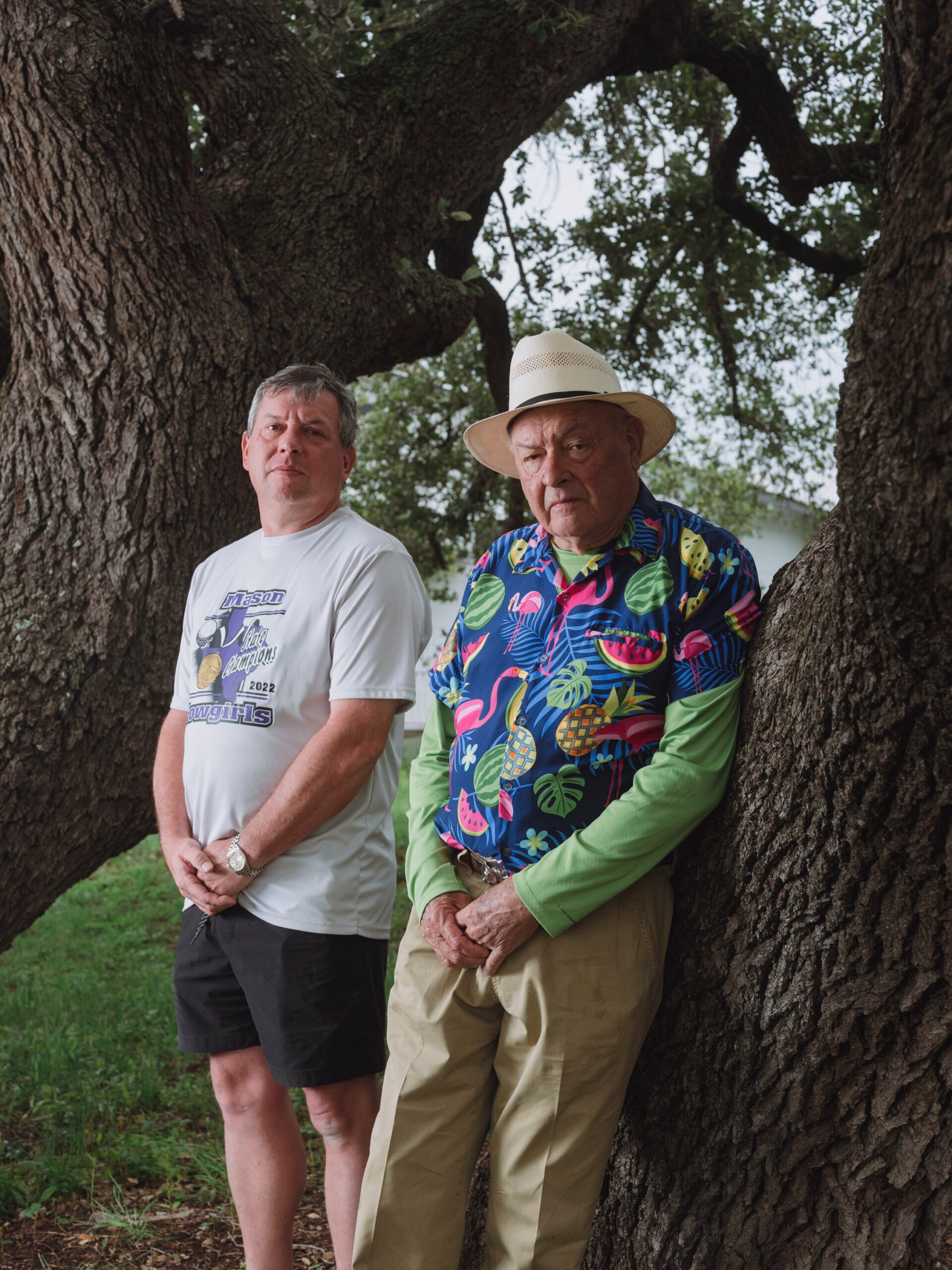
Today Castell remains a tiny unincorporated community of only 12 souls, dependent for survival on long-time residents and urban visitors with far different goals than the Fortyers. But descendants of that second wave of settlers remain.
Generations of the Leifestes have attended the Methodist-Episcopal church and studied at the Castell school, which went to the seventh grade. They manned the store and became town postmasters. The community remained relatively insular, though trouble sometimes arrived.
Randy tells me that his great-grandfather, as a child, once hid in the hollow of a tree to avoid abduction during raids by members of the Comanche tribe. According to Scott Zesch’s book The Captured, what had started as friendly relations between the tribe and the German settlers deteriorated when farms grew and more land was fenced. From 1874 to 1877, the Hoodoo Wars or feuds, which pitted German immigrants against other American settlers, escalated from cattle rustling to mob violence to murders.
While German-American communities in Texas generally opposed secession and denounced slavery (or even fought on the side of the Union), it’s not clear where the families of Castell stood during the Civil War.
Later, during WWI and WWII, when state law prohibited German language and literature from being taught in public schools, and when authorities opened letters between German-Americans and their families in the homeland, Randy says that his family stopped speaking German in public.
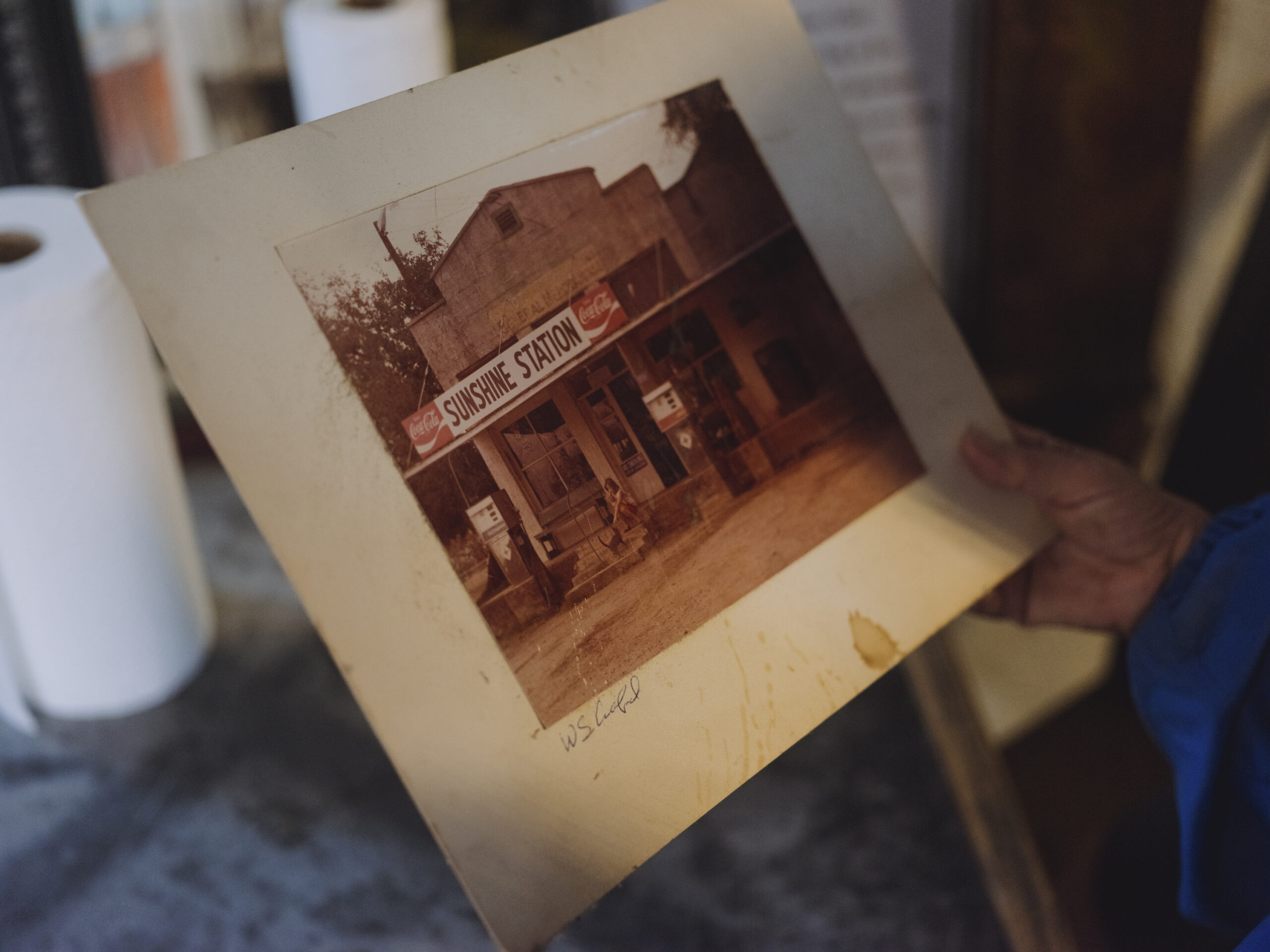
No Fortyers remained in Castell, but some tested out utopian socialist ideals elsewhere. The short-lived Tusculum colony was the start of Boerne, founded by a former Fortyer named Gustav Thiessen. Another, Jacob Kuechler, recruited German Unionists to serve in a militia group. When this attempt at undermining the Confederate cause failed to succeed, he twice led other German Unionists to meet up with the Union Army in Mexico, and later served as an elected member of Lincoln’s Republican Party during Reconstruction. Another Fortyer, Christoph Flach, married Antoine Kapp, the daughter of the abolitionist Ernst Kapp, and his family helped develop Comfort, Texas.
The Leifestes are fiercely proud that Castell remains unincorporated. Locals joke that the closest thing to any government is their group of volunteer firefighters. “There is no law enforcement. There was never any crime and there’s still no crime. Everybody just got along together. Everybody knew everybody and when somebody needed help, we all got together and took care of each other,” Randy said.
Still, Castell has been changing. To survive, it had to. In the 1970s, Randy’s family left and the town population dwindled to 70. When Randy retired and decided to return to Castell in the 2000s, it was a “ghost town.” Four residents remained.
Since then, Randy reopened the Castell General Store with the help of his son Marc. The store became the town hub. The Leifestes host annual festivals there, including a chili cook-off, and a testicle festival, which served up 750 pounds of calf fries the day before that recent church service. His cousin Bobette runs a campground on her property. And they are now selling or leasing their land, like other longtime German families. Land that used to be $80 an acre 50 years ago is now over $15,000 an acre, said Randy, who doubles as a real estate broker. Since the pandemic, he’s sold 13 pieces of property.
The Leifestes and other townsfolk are opening their arms to outsiders. (I was immediately greeted by hugs.) But they don’t want Castell to turn into another Fredericksburg, a “commercialized version” of small town Germania, Texas, Marc said.
Today, the only vestige of Bettina is a historical marker on the north side of the Llano River. The unremarkable tribute reads: “First communal settlement in Texas. Located where Elm Creek enters the Llano River. Abandoned in less than a year, when supplies ran out.”
